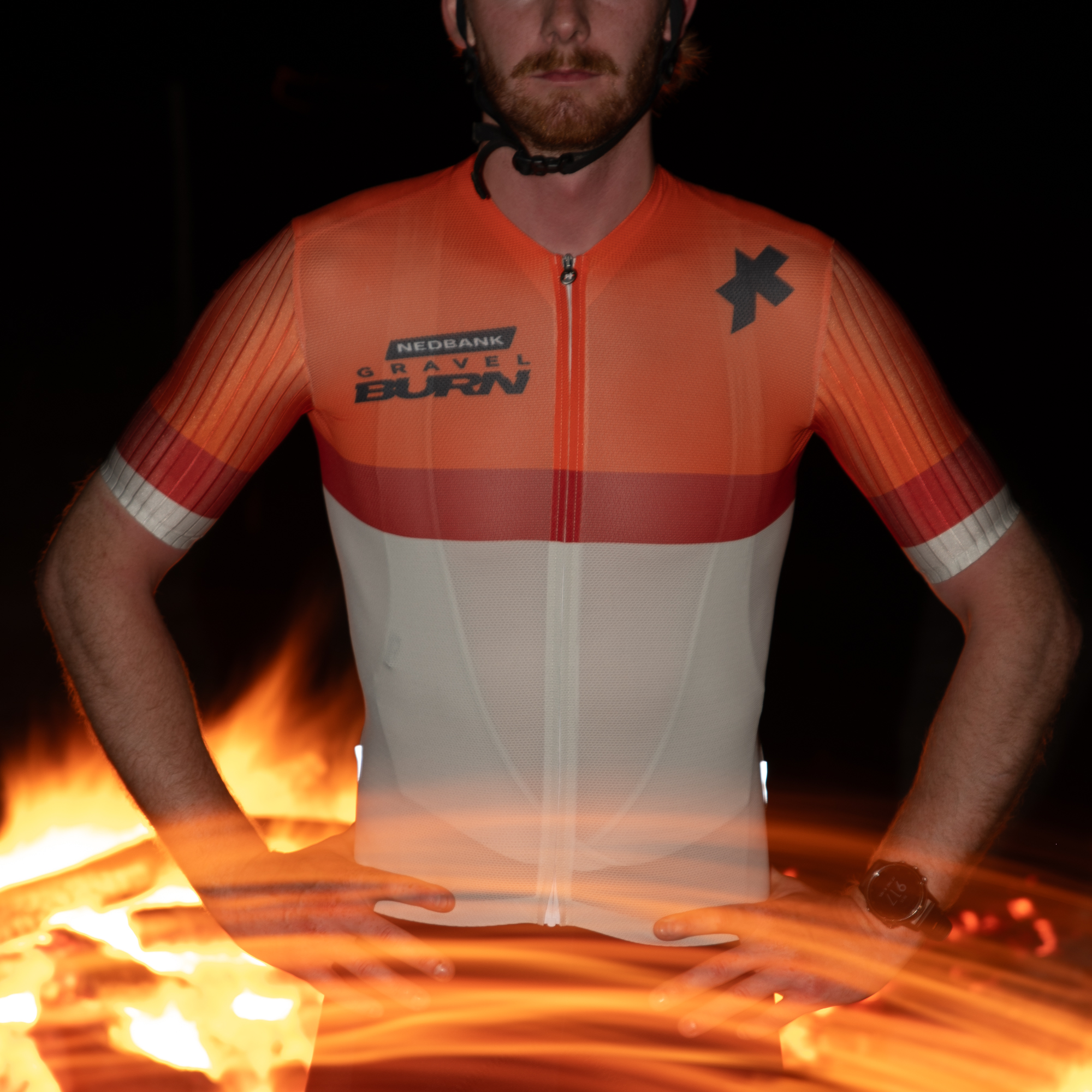If you want different results, do something different.
If you have fallen into the trap of repeating yourself year after year, now may be a good time for a different approach. Did you see HUGE results from this year’s racing season? So maybe it’s time to stop following the crowd and try something new in your training methods – after all, what have you got to lose? You may find you have plenty to gain.
Amateur cyclist limiters are FTP and VO2 max power
- FTP (Functional Threshold Power) the amount of power you can put out at your aerobic threshold, and is highly trainable
- VO2 is maximal aerobic power, also very trainable up to a genetic potential
Experienced endurance athletes with a good existing aerobic base may gain performance advantages with a reverse periodisation approach, particularly where speed is also required.
Reverse periodisation is less suitable for novice or very de-conditioned athletes and should therefore be used with caution.
If you train slow, you’ll be slow. If you train fast, you’ll be fast.
- Slow base miles make you ride slow
- Faster intervals make you ride fast
It is useful to understand what intensity you should be working at and when.
This is just one system; you can work within your own training intensities as the underlying principle of developing power/intensity before capacity/ volume remains the same.I f you adopt the reverse periodisation approach, you can flip things on their head.

You start with L4 and L5, and then add L3. After these blocks you add L1/L2 and L6. You then cycle back to the L3/ L4/L5 as a focus later in the season, either right before or right after events, or both. The idea behind reverse periodisation is that you develop your power first, and then you train yourself to maintain it. Then you add it to your normal base/ tempo sessions that act as race simulations.
Don’t Neglect Your Foundational Base:
Reverse periodization actually allows for a bigger foundational base because time spent on the bike is minimal, allowing more time for functional strength, strength/endurance and force production work both on and off the bike.
The idea behind reverse periodisation is that you develop your power first, and then you train yourself to maintain it.
What Should Reverse Periodization Look Like?
A reverse periodization training plan looks a little bit like an inverted pyramid or a diamond:
- Less volume in base, focusing on quality of work.
- Specifically target neuromuscular gains and muscular endurance gains.
- Include some high-intensity work during the base phase to raise VO2Max Ceiling (one day per week, up to Z5, short volume d/t less trained state.)
- Include strength and stability training, core stability training.
- In the build phase, increase volume while also maintaining higher intensity, including Z6/7 (train more like racing).
- Continue maintaining fundamentals while adding intensity.
- Maintain strength and core stability work during the build phase.
- Peak and race has even higher intensity and less volume.
- Typically combine peak and race into 1 mesocycle and think of it as a block.
- Transition as needed depending on further goals.
- Hawley, J, & Burke, L, Peak Performance: training and nutritional strategies for sport. Allen & Unwin (1998)
- Cissik, J, Hedrick, A, Barnes, M, NSCA J: 30 (1): 45-51 (2008)
- Marshall, J, Peak Performance: 198 (June) (2004)
- Bompa, T, Periodization: Theory and Methodology of Training (4th Edition). Champaign, Illinois: Human Kinetics (1999)
- King, I, Foundations of Physical Preparation. King Sports Publishing (2000)
- Francis, C, Speed Trap: Inside the Biggest Scandal in Olympic History. Grafton Books (1991) 7. Siff, M, Supertraining (4th Edition) Supertraining Institute; 6th edition (2003)




